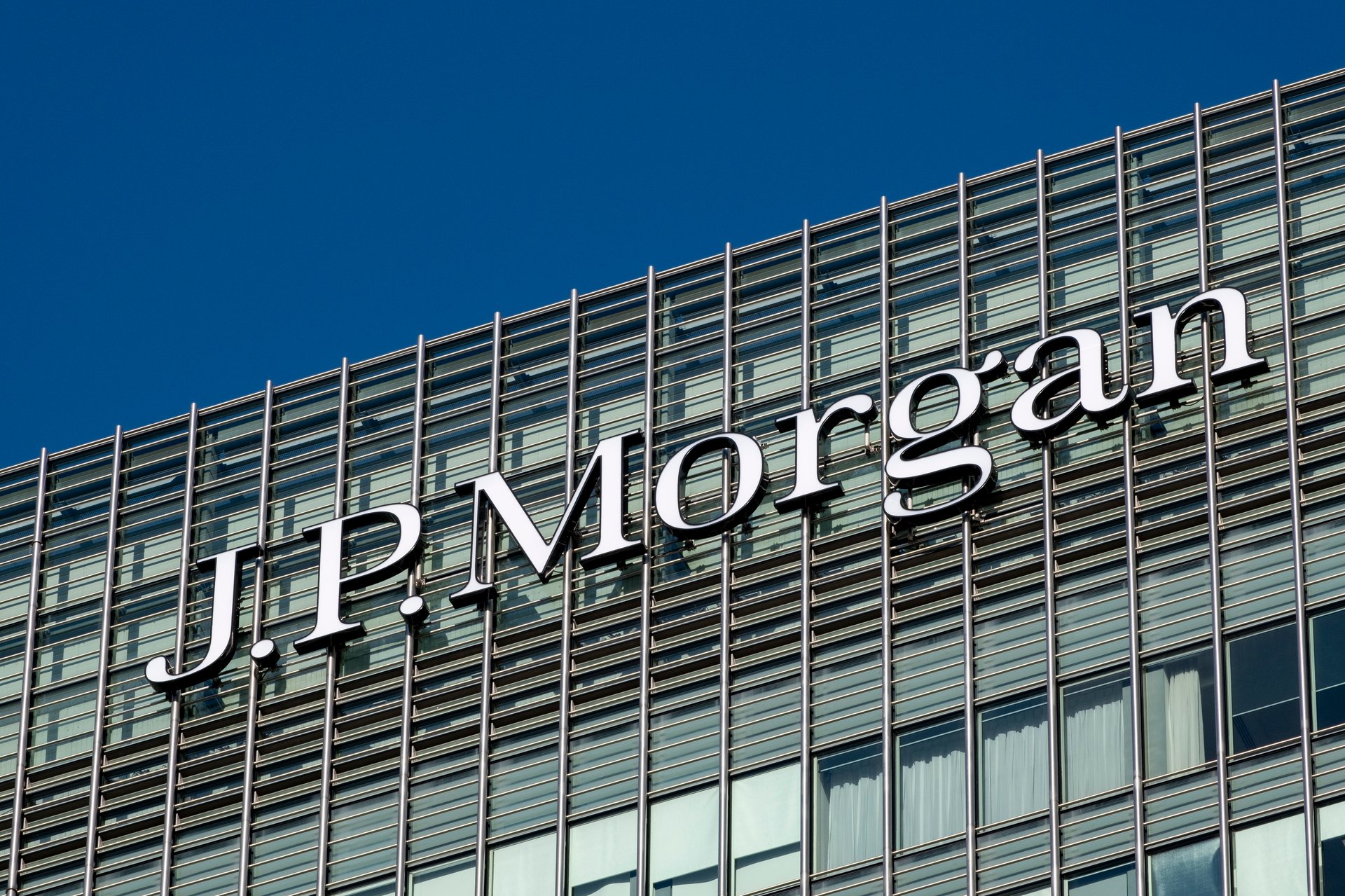JPMorgan says tariffs could still spark a 'stagflationary' recession this year
U.S. trade policies could slow global economic growth and reignite inflationary pressures at home, analysts said

Getty Images / Mike Kemp
U.S. trade policies could slow global economic growth and reignite inflationary pressures at home, according to a new JPMorgan report.
Suggested Reading
The bank revised its projection for the U.S.’s GDP growth this year to 1.3%, a drop from its earlier 2% forecast. It also estimates just over a 30% chance of a recession in the second half of 2025.
Related Content
The revisions stem from President Donald Trump’s 10% reciprocal tariffs on all imports into the U.S., levies which rise as high as 55% for countries like China.
“The inflationary effects of elevated tariffs are a major reason behind our reduced growth estimate,” analysts said Wednesday. “We continue to see heightened risks of a recession.”
This scenario, should it unfold, is known as stagflation, where economic stagnation combines with persistent inflation.
Despite a pessimistic outlook for domestic growth, due to stubborn inflation and the labor market’s resilience, JPMorgan anticipates the Federal Reserve will begin cutting interest rates later than previously expected. It predicts the central bank will make just one cut this year, in December, followed by three further cuts by spring 2026, culminating in an overall cut of 1%. This contrasts with market consensus, which had priced in two quarter-point cuts in 2025.
JPMorgan also anticipates turmoil for the currency and bond markets.
The bank anticipates the U.S. dollar to weaken against currencies in countries implementing more growth-friendly economic measures. “Conditions are favorable for emerging market currencies to outperform the U.S. dollar and past experience indicates that once initiated, dollar bear cycles can persist for a while,” the report said.
Meanwhile, Trump’s “big beautiful bill” is expected to add $3.8 trillion to national debt over a decade. As a result, the bank expects demand for U.S. Treasuries to fall. This would lower the price of government bonds and push yields higher as investors may demand higher returns for taking on risk, it adds. JPMorgan forecasts the two-year Treasury yield will settle at 3.5% by year’s end, while the 10-year yield is expected to reach 4.35%. As of Wednesday, those rates stood at 3.8% and 4.3%, respectively.
Despite economic headwinds, JPMorgan remains optimistic about the U.S. stock market, thanks to continued consumer strength.
“Unless there are major shocks—policy-related or geopolitical—we believe U.S. stocks can reach new highs, driven by strong fundamentals in tech and AI, support from systematic investment strategies, and buying from active managers during market dips,” the note said.
